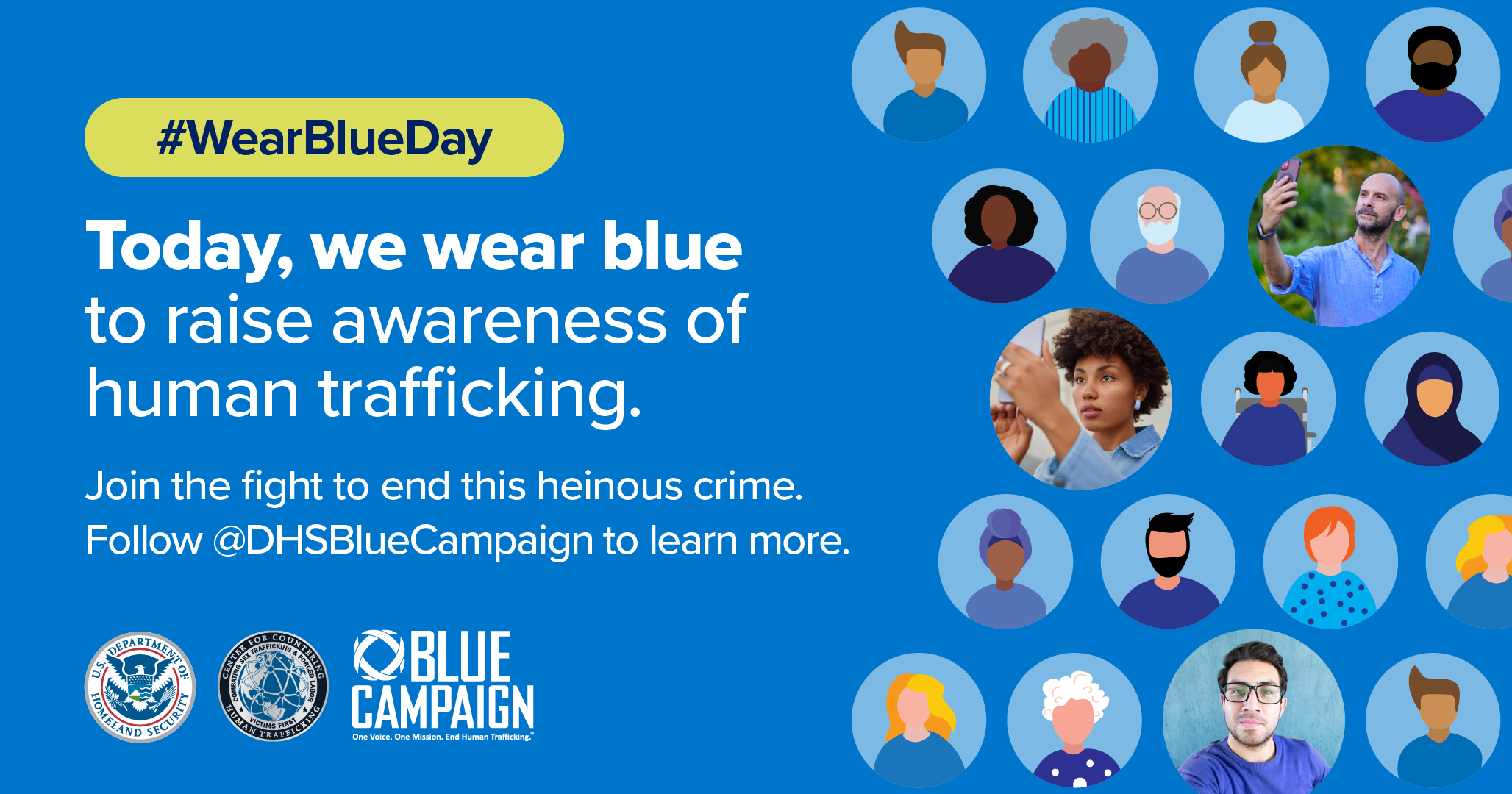The Student and Exchange Visitor Program (SEVP), part of U.S. Immigration and Customs Enforcement’s (ICE) Homeland Security Investigations (HSI), released the latest version of the SEVIS by the Numbers report, which is now available on ICE.gov/SEVP.
The report highlights calendar year 2019 data from the Student and Exchange Visitor Information System (SEVIS), a web-based system that includes information about international students, exchange visitors and their dependents while they are in the United States.
According to the report, during 2019, 8,649 U.S. schools possessed SEVP certification to enroll international students, a decrease of 287 schools from 2018. Sixty-five percent of those schools hosted between one and 50 international students during the calendar year. Other trends include:
- Eighty-six percent of nonimmigrant students pursued higher education degree programs in 2019, equating to almost 1.31 million SEVIS records.
- There were 1.01 million F-1 students in the U.S. seeking bachelor’s and master’s degrees in 2019.
- China sent more K-12 students than any other country, comprising nearly half of the K-12 nonimmigrant student population in 2019.
- In calendar year 2019, the continents of South America, Africa, and Australia and the Pacific Islands saw growth in the nonimmigrant student population.
- In 2019, California continued to host more nonimmigrant students (294,657) than another other state, accounting for 19.3 percent of nonimmigrant students in the United States. New York and Massachusetts each hosted more than 100,000 nonimmigrant students and rounded out the top states for enrollment in 2019.
U.S. Immigration and Customs Enforcement releases SEVIS by the Numbers on an annual basis.
Additional SEVIS data can also be viewed in the SEVP Data Library. For more information on how international student trends have changed over time, explore the SEVIS Data Mapping Tool on Study in the States.





